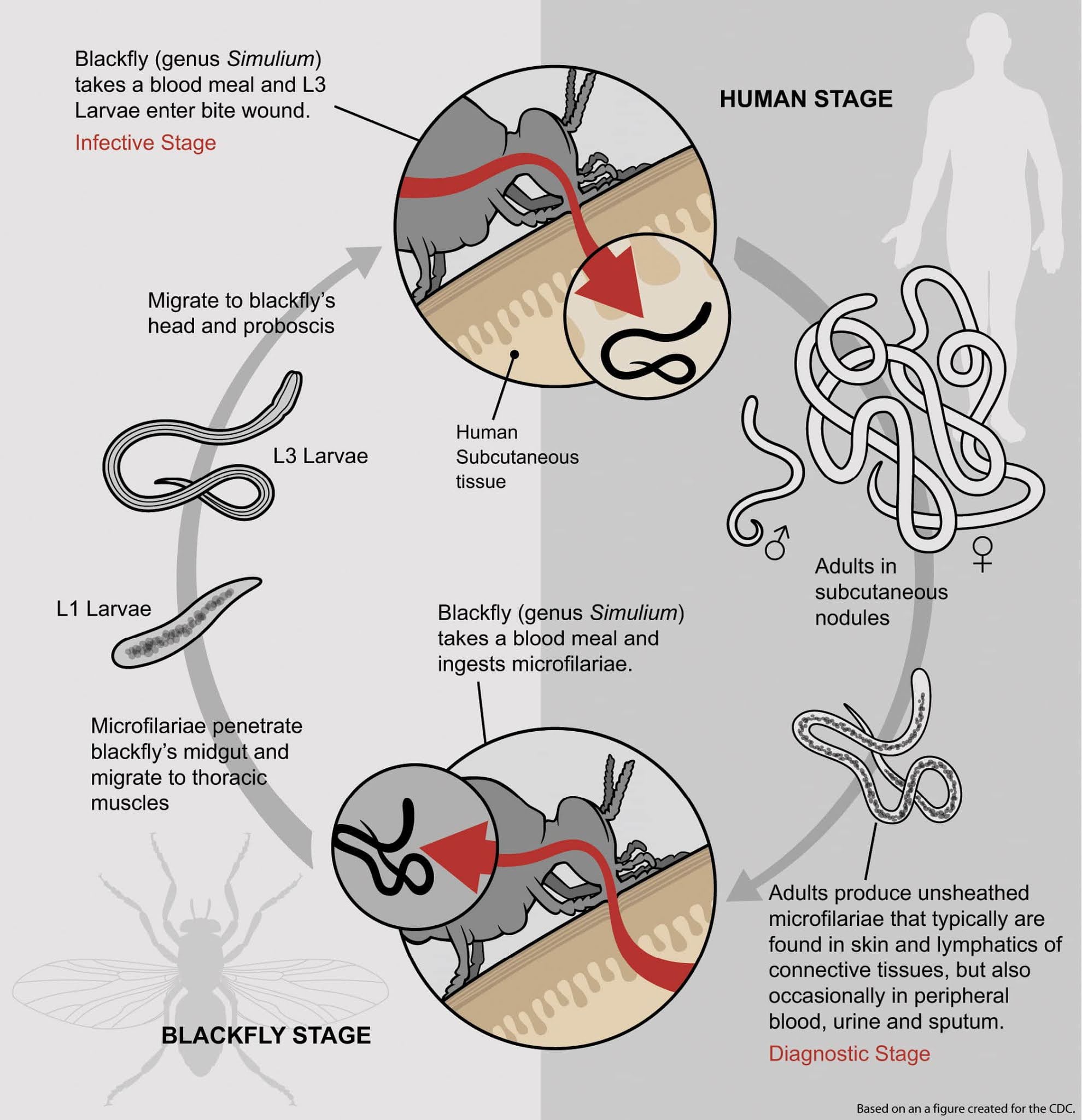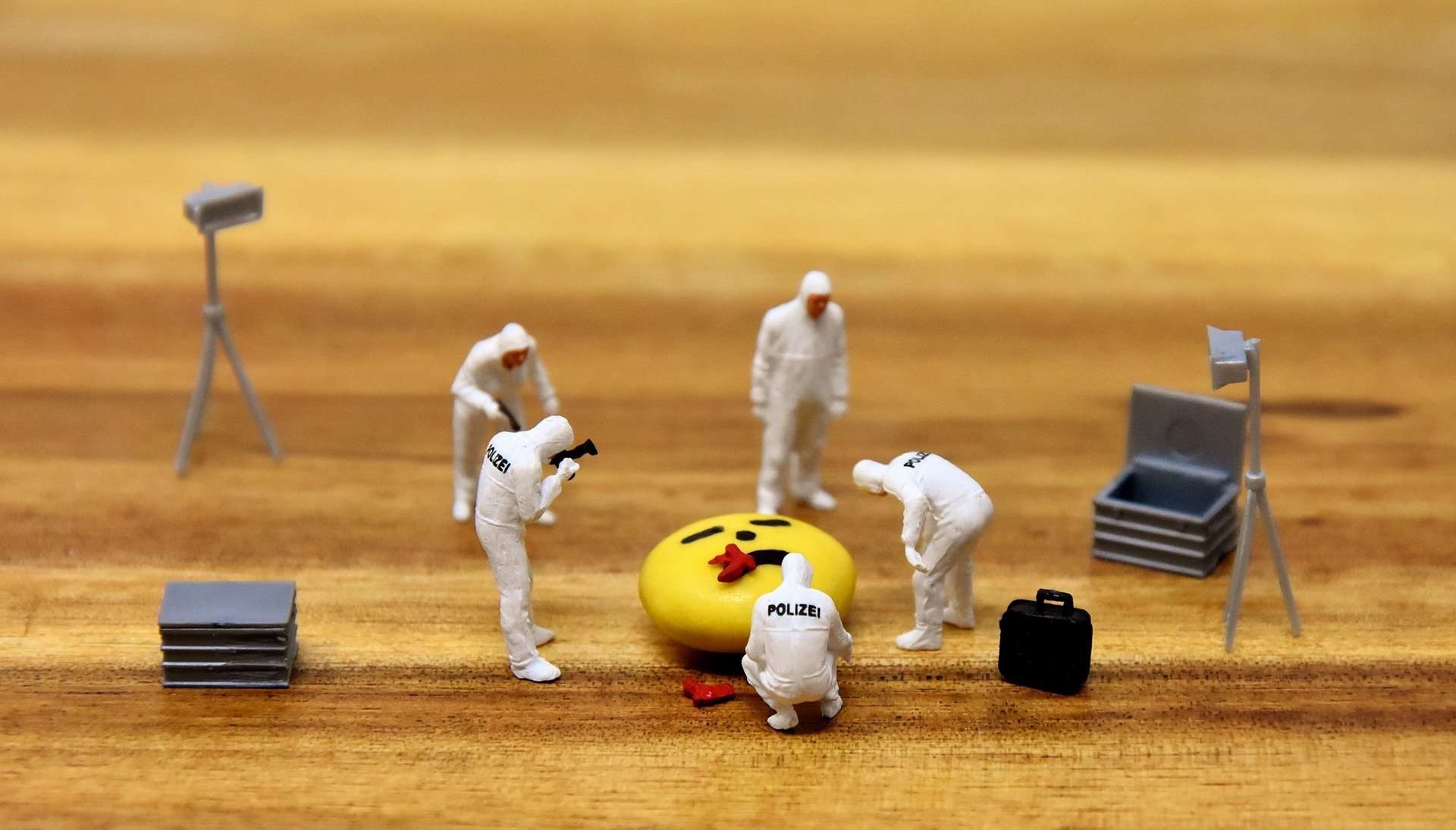 |
| About the Forensic Entomology Process, Solving Cases with the Help of Insects |
About the Forensic Entomology Process, Solving Cases with the Help of Insects. Have you heard of forensic entomology? Forensic entomology is an applied science which is a combination of two fields of science, namely entomology and forensics.
About the Forensic Entomology Process, Solving Cases with the Help of Insects
Entomology is the study of insects, while forensics is the application of science to deal with criminal matters and law enforcement.
So, forensic entomology can be defined as the study of insects for use in handling criminal problems, especially those involving corpses.
Based on the field of application, forensic entomology can be divided into three categories, namely urban forensic entomology, deposit product, and medicolegal.
 |
| About the Forensic Entomology Process, Solving Cases with the Help of Insects |
Whereas urban forensic entomology focuses on the impact of insect pests on the environment in which humans live, while forensic entomology of stored products focuses on the impact of insects on stored goods, especially food.
The last category that is also the main topic of discussion in my article is medicolegal forensic entomology which is used to investigate criminal cases involving humans such as murder, sexual violence, accidents, and others.
Before we discuss further about forensic entomology, we need to first know the processes that occur in humans when they die.
When a person's heart permanently stops beating, the blood flow that carries oxygen to the body's cells automatically stops so that these cells start to die.
Stopping the blood flow also causes the blood to collect at certain points so that there are parts of the body that look pale and look dark. About three hours after death, the person's body also becomes stiff due to tensing muscles due to loss of body fluids.
Over time, the bodies will begin to rot and be destroyed due to the activity of rotting bacteria. This decomposition activity produces methane gas as a byproduct so that the corpse becomes unpleasant when kissed.
 |
| About the Forensic Entomology Process, Solving Cases with the Help of Insects |
However, bacteria alone are not the only cause of the destruction of corpses. Small multicellular animals such as maggots are known to live by eating the bodies of living things that have died.
The presence or absence of these maggots is then used by forensic entomologists to carry out investigations.
How Forensic Entomology Works
 |
| About the Forensic Entomology Process, Solving Cases with the Help of Insects |











0 comments